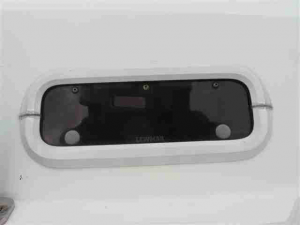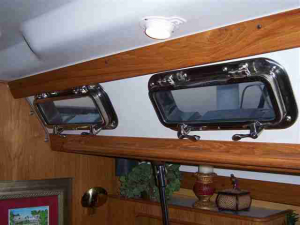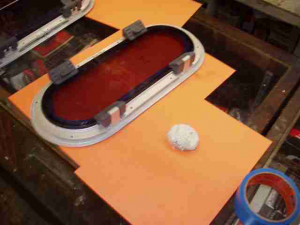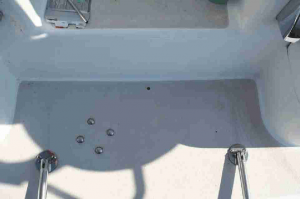Engine’s Water-Injected Exhaust Elbow
Warren Elliott
November, 2007
Hull #: C380 # 44
Cooling sea water flows through our engine’s heat exchanger, then through the anti-siphon valve discussed above and to the elbow fitting at the aft end of the exhaust manifold. Here the water is “injected” into the hot exhaust gases, where it cools them while transiting the exhaust system, ending up back in the sea.
This elbow fitting is therefore in a very harsh environment, suffering the rigors of both very hot gases and warm/ hot salt water. [Fresh water sailors have an advantage here.] So you can imagine that this part is likely to be on the earlier, rather than later, timescale for failure. This occurred to at least one captain, albeit in a benign fashion. Over a period of months, his engine gradually exhibited higher and higher operating temperatures. After checking all the likely sources of
You need to be logged in to see the rest of this content. Catalina380-IA members, please login.
To join please fill out a membership application (Association->Membership Application) and send a check to the address on the form.




